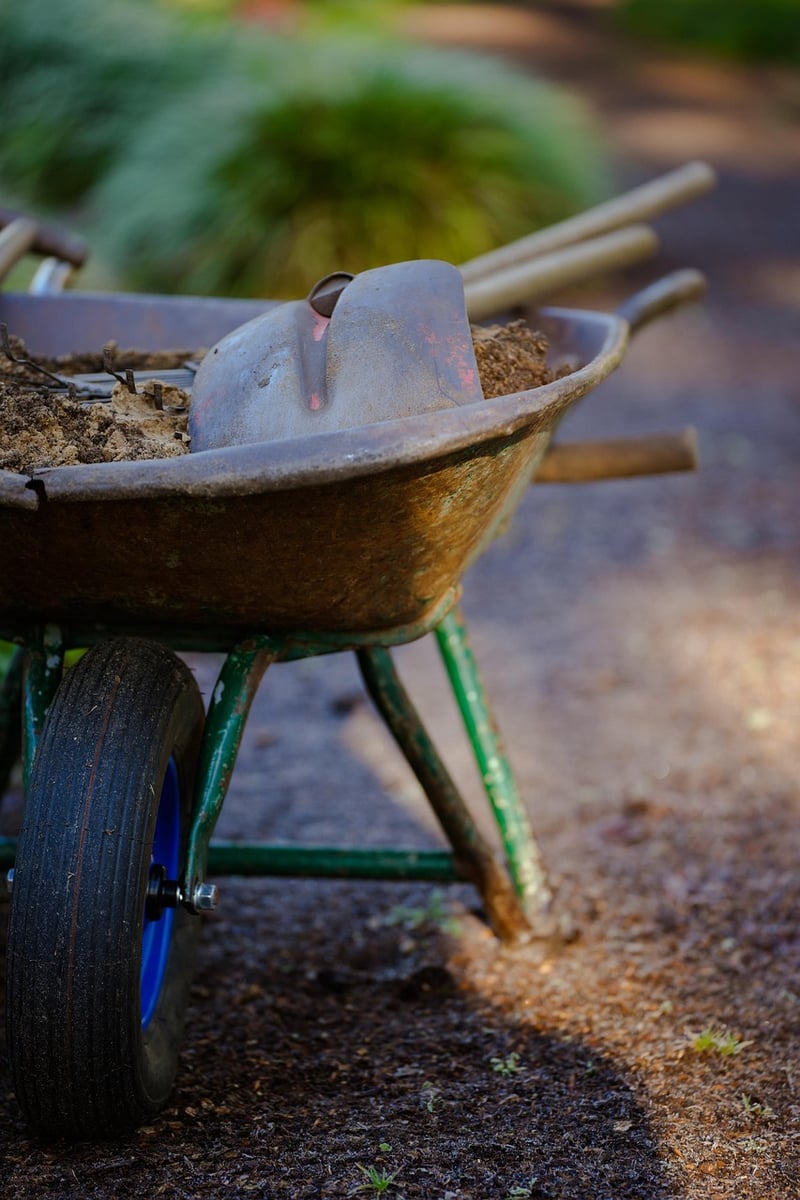Pruning Techniques
Keep Your Garden Thriving: Essential Pruning Techniques
Having a thriving garden requires more than just planting and watering. Pruning is an essential practice that helps maintain the health, shape, and productivity of your plants. By understanding the basics of pruning techniques, you can ensure your garden stays vibrant and beautiful throughout the year.
Why Pruning is Important
Pruning is the process of selectively removing parts of a plant to promote healthy growth. It helps plants by:
- Removing dead or diseased branches
- Improving air circulation
- Shaping the plant
- Encouraging new growth
- Increasing fruit or flower production
Essential Pruning Techniques
1. Deadheading
Deadheading is the removal of spent flowers to encourage the plant to produce more blooms. This technique is commonly used for flowering plants like roses, petunias, and marigolds.
2. Thinning
Thinning involves removing entire branches to improve air circulation and reduce overcrowding. It helps prevent diseases and promotes healthy growth by allowing sunlight to reach all parts of the plant.
3. Heading Back
Heading back is the pruning of the tips of branches to promote branching and denser growth. This technique is often used on shrubs and hedges to maintain their shape and encourage fullness.
4. Rejuvenation Pruning
Rejuvenation pruning is a more drastic technique used to renew overgrown or neglected plants. It involves cutting back the plant to stimulate new growth from the base.
Best Practices for Pruning
- Use sharp, clean tools to make precise cuts and prevent damage to the plant.
- Prune during the plant's dormant season to minimize stress and maximize recovery.
- Follow proper techniques for each type of plant to avoid harming its growth.
- Remove any crossing or rubbing branches to prevent damage and disease spread.
Conclusion
Pruning is a vital aspect of garden maintenance that can have a significant impact on the health and appearance of your plants. By mastering essential pruning techniques and following best practices, you can keep your garden thriving year after year.
Remember, each plant may have specific pruning needs, so it's essential to research and understand the requirements of your individual plants before pruning. Happy gardening!


